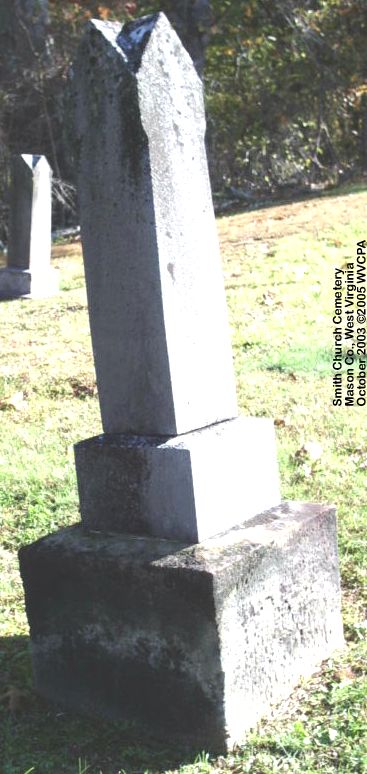
Charles, Thirteenth and Fourteenth Streets. Presidents of the Merchants' Exchange of St. Eleven years in building, and is one of the finest in the country. Size of the house 25 by 40 feet, containing four rooms.Ĭustom House and Post Office. Christy, and was patronized by the best class of society. Southeast corner Main and Walnut, was opened as a public house in 1806 by Maj. Louis, northwest corner Third and Plum Streets. Costs of building and site was about $1,000,000. Clark Avenue, Eleventh, Twelfth and Spruce Streets. Sherman, costing $50,000.įour Courts and Jail. (Formerly Washington Square.) Covers six acres of ground, four stories, 150 rooms council chamber will cover 4,500 square feet. Twelfth, Thirteenth, Market and Clark Avenue. Market, Eighteenth, Twentieth and Clark avenue cost $1,000,000. The central arch is 520 feet, the other two 502 feet. It was five years in building, and is 6,220 feet long and 54 feet wide. Licensed to carry 3,500 persons.Įads Bridge. Palace Excursion Steamer, Grand Republic.
Missouri Republican 1822 Only Paper Published West of Mississippi River. First Governor of Missouri, inaugurated Sept. Clerk of the market received $104 per year. Sixty-four feet long by thirty feet wide, with 12 stalls, which rented from $10 to $30 per annum. Built on the Public Square (Block 7.) It was completed Sept. Now occupied by the Samuel Cupples' Real Estate premises, on Seventh, between Spruce and Poplar Streets.Ĭhouteau Mansion after the Renovation in 1795. Old Chouteau Mansion.Īutographs of Distinguished Men in the Early History of St. Seventeen miles from north to south, and 6.62 from river to western limits, and has 19.15 river frontage.Įarly Settlers. City embraces 61.37 square miles or 39,276 acres. Nearly all the streets shown are Boulevards.

The great bulk of the population now lies within the three mile circle, but the growth is towards the region of Forest Park. With location of all the houses (March 10, 1804) as shown by black dots. It must be borne in mind that in some of the localities the direction of the streets has been slightly altered, which may account for some apparent discrepancies which may appear to subsist between the map and the main narrative as the locality of the old fortifications. The mark of the compass is only given for the purpose of guiding the reader as to the cardinal points. What looks like blocks of wood represents fields in cultivation, and the dots show timber. Charles Road, with its branches and a road which led towards were Bremen now is. The roads leading from the gates were what are now known as Carondelet Avenue (then the well known Vide Poche Road) the Manchester Road, the St. TOWER STREET, MARKET STREET, MISSOURI STREET, KICKAPOO STREET, NOW ARE WALNUT STREET, MARKET STREET, CHESNUT STREET, PINE STREET, RUNNING EAST AND WEST. The names of the streets that were given at the laying out the town were MAIN STREET, CHURCH STREET, BARN STREET, NO MAIN STREET, SECOND STREET, THIRD STREET, RUNNING NORTH AND SOUTH. The letters have the following significations: The wall of fortifications was completed in 1780.

Its breadth from the Mississippi, to the West, was to the line of the Rue de Grange (now Third street), and its length was some few blocks shorter than the map represents. Louis, nearly as it was laid out in 1764. The map was drawn in conformity to an order from the Department, at Washington. This Map is copied from the original map drawn by Colonel AUGUSTE CHOUTEAU, who was at the founding of the city, in 1764, and first surveyed the land. Louis as Seen from the Illinois Side, 1770. The south half is where site of the Southern Hotel now stands. As seen from the foot of Walnut Street, between Fourth and Broadway.


 0 kommentar(er)
0 kommentar(er)
